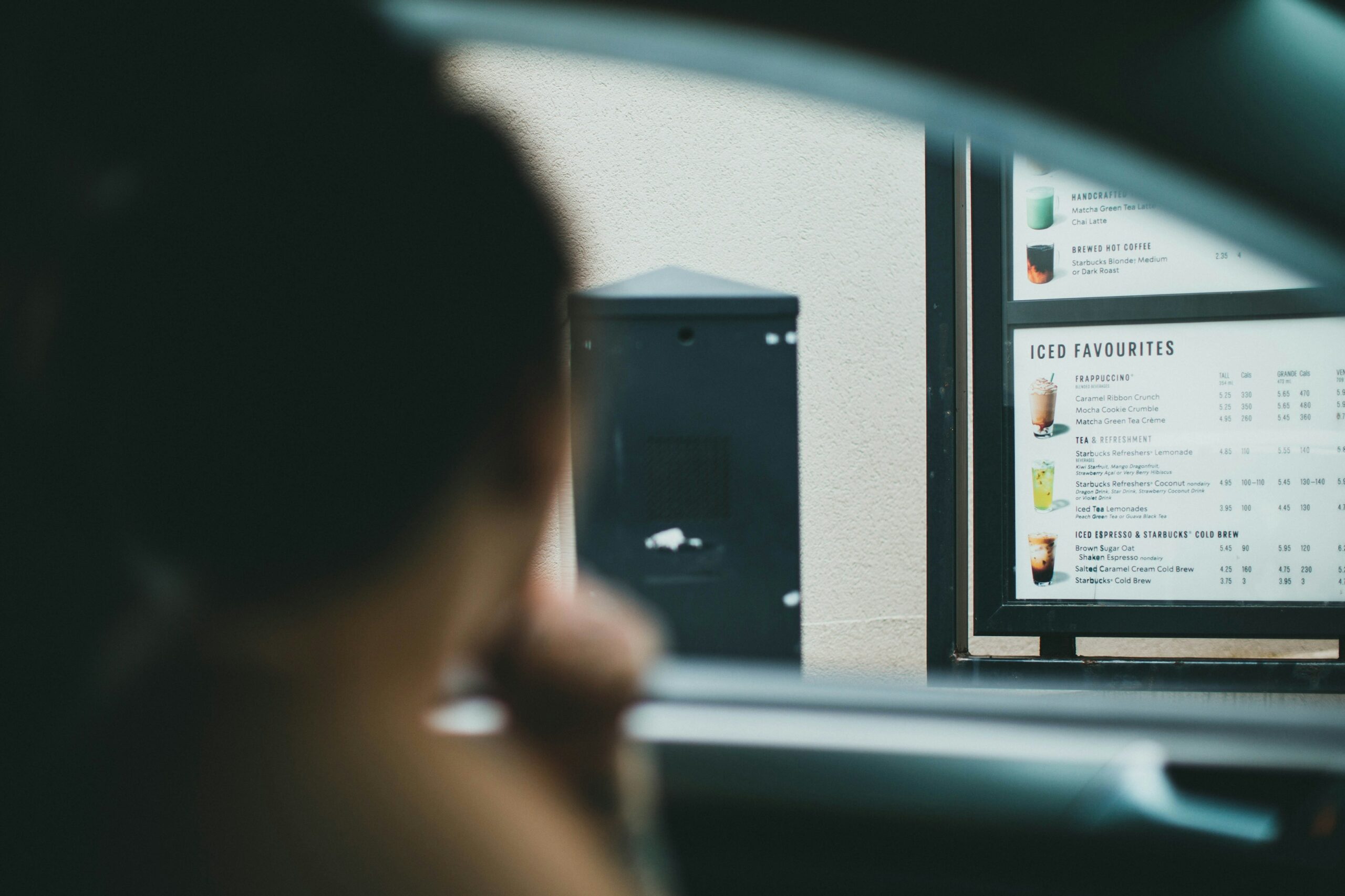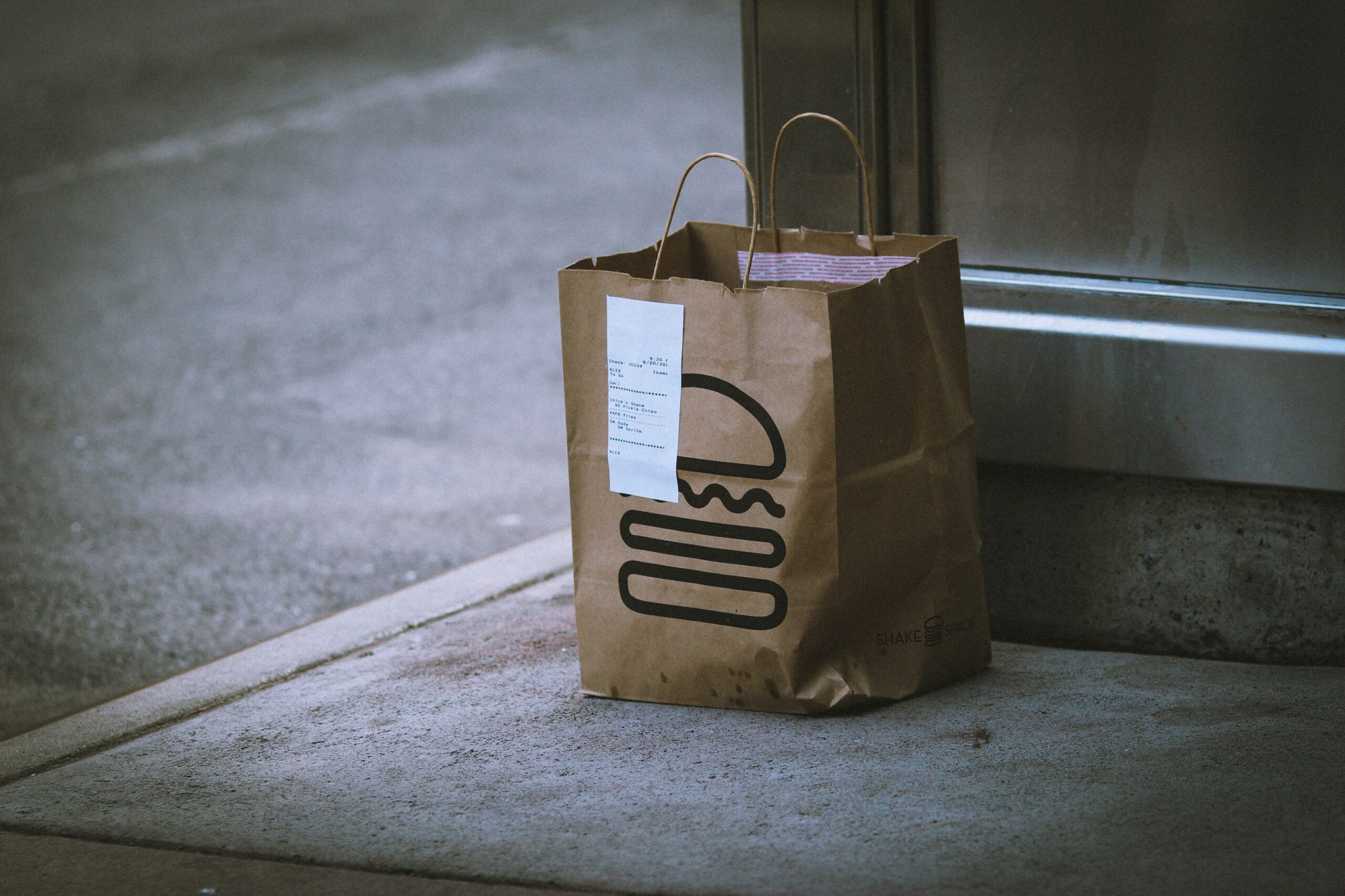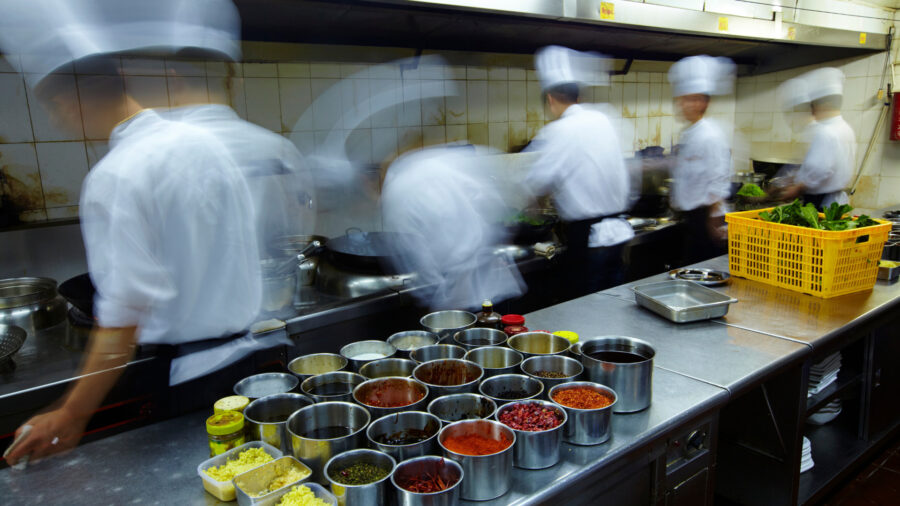The coronavirus pandemic is likely going to create longterm changes in the restaurant industry.
Nearly one-third of consumers plan to cook at home even more than they do now once stay-at-home recommendations have lifted, according to Morning Consult. This means restaurants will have to work even harder to capture attention and sales.
Aside from the obvious safety measures—such as social distancing inside dining rooms, masks, and extensive cleaning—establishments may need to rethink delivery or focus on new formats, while independent restaurants will need to find a way of surviving.
Rethinking Delivery
Demand for delivery will likely remain high for the second half of 2020. This makes third-party delivery apps important for the survival of restaurants.
However, delivery fees are making these apps less and less attractive to restaurants who are relying on them.
Panda Express has already “cut out the middleman” in its delivery operations, according to a press release. The chain launched its own delivery service and is preparing for 30,000 new hires. Panda Express had already planned to go this route, but the pandemic accelerated this.
Panda noted that with its new service, guests “will not incur additional fees typically found on third-party sites.”
Recently, Square launched on-demand delivery for its Square Online Store, giving businesses access to customizable third-party delivery services.
Business owners pay Square a flat rate of $1.50 per order, and the courier’s fee, which is calculated in real-time, can be passed to the customer or the business owner can offer custom promotions. The service also provides customers with text updates with links to live maps to track their delivery.
“This new feature helped us keep our doors open and continue serving our customers during the recent downturn,” said Wally Sadat, CMO of The Kebab Shop. “The ability to customize delivery limits and costs to our customers was especially powerful, as it helped us remain competitive at a cost our business can afford.”
This service may become enticing to other restaurants, particularly smaller establishments, that cannot quite afford to deal with delivery in-house but still want to be able to customize costs.
In addition, Fare launched a food delivery service in New York City that does not charge restaurants commission. Consumers pick from a curated menu intensively vetted and limited to gourmet food selections that travel well, then orders are placed in advance to allow restaurants ample time to prepare. Fare then batches together orders and delivers to each person’s door within a set time window.
There are also no minimums per individual order. The company is betting the economies of scale from batched deliveries will create enough cost savings so that commissions from restaurants can be waived.
Notably, since Fare’s pilots in early June, almost half of its customers became repeat users, with some orders as much as 10 times already.
Changing Store Formats
It will be crucial for companies to adapt and change formats if necessary. Ghost kitchens have been gaining traction over the past several years, but particularly during the pandemic. For example, C3 saw demand for its virtual restaurant brands double during the pandemic. The company began hiring 1,000 employees to help it open 138 ghost kitchens by the end of 2020, while it previously only aimed to open 85.
Other ghost kitchens such as Kitchen United, CloudKitchens, Zuul Kitchens, Local Culinary, and Family Style are also finding their place in foodservice. The Local Culinary, for example, specializes in developing its own delivery-only brands, like The Chef Burger, El Taco-Loco, Mama Roma, Dirty Fingers, Shu Shu, The Green Kitchen, This is Gyros, Chicks, and others.
Delivery-only brands could provide competition for restaurants, but existing restaurants could also take advantage of this infrastructure to grow revenue. The format is appealing as it allows companies to prepare different cuisines without an actual retail structure, which is becoming less and less necessary as the pandemic continues.
Since 2017, Uber Eats helped start 4,000 virtual restaurants exclusive to its own app. It analyzes neighborhood sales data to identify unmet demand for types of food. It then approaches restaurants using the app and encourages them to create a virtual restaurant to meet that demand.
This is a format that other delivery services may begin to move toward, especially as some restaurants opt for inhouse delivery.
Another changing format within foodservice is restaurants relying on drive-thrus. According to The New York Times, drive-thrus have become a “lifeline” for fast food chains during the pandemic.
Back in March, drive-thrus generated $8.3 billion in sales across the fast food industry, compared to $8 billion over the same period in 2019, according to NPD Group.
Many stores without drive-thrus were forced to close, while, even in states where customers were still allowed to dine in during the crisis, chains emphasized their drive-thrus.
Drive-thrus will be a key element for restaurants going forward. Even as dining rooms reopen, consumers may still opt for this option when available. As of June 18, about 32% of consumers said they do not think they will be comfortable dining in a restaurant until 2021, as indicated in a Bank of America survey, which is up from 20% in a similar survey just two months prior.
Buyers Bet on Bankrupt Restaurants
Several dining chains that filed for bankruptcy protection in 2020 have found buyers as retailers linger or liquidate, reported The Wall Street Journal (June 30). Buyers are betting restaurants will rebound after the pandemic.
Chains that own casual-dining brands including Krystal, Logan’s Roadhouse, Gordon Biersch, Bar Louie, Brio, Bravo, and the U.S. division of Le Pain Quotidien all found takers for their bricks-and mortar locations after filing for bankruptcy protection.
“A path to success for restaurants is clearer to an investor than one for retailers,” said Stephanie Lieb, a bankruptcy lawyer at Florida-based Trenam Law. One reason restaurants are viewed as more attractive is their franchising models, which require less of a capital investment from the owner, according to Aaron Cheris, a partner at Bain & Co. and head of its America’s retail practice.
Earl Enterprises Inc., parent of Planet Hollywood, bought Italian-style eateries Bravo and Brio from FoodFirst Global Restaurants Inc. this month in a deal valued around $30 million. The sale price was a fraction of the $100 million that investment firm GP Investments Ltd. paid for the chains in 2018.
Bravo and Brio “needed some parental love and care, which I am going to give them,” said Robert Earl, chairman of Earl Enterprises. The company plans to fold the chains into an umbrella of brands it is calling “The Best of Italy,” which includes its Bertucci’s and Buca di Beppo labels. With a total of about 200 locations, it will have a rewards program to compete with larger chains.
“I’m willing to take the chance,” Earl said. “I think it’s a very good economic risk.”
There are also several potential buyers for Chuck E. Cheese, including Dave & Buster’s Entertainment Inc., which faced its own issues when restrictions went into place.
According to Lawrence Katz of VA-based law firm Hirschler Fleischer PC, there likely will not be several parties vying for a company in today’s environment outside of the existing equity owners, senior lenders, and landlords—because they stand to lose the most.
“You make the best of a bad situation, but who knows if it is going to work or not,” Katz said.










